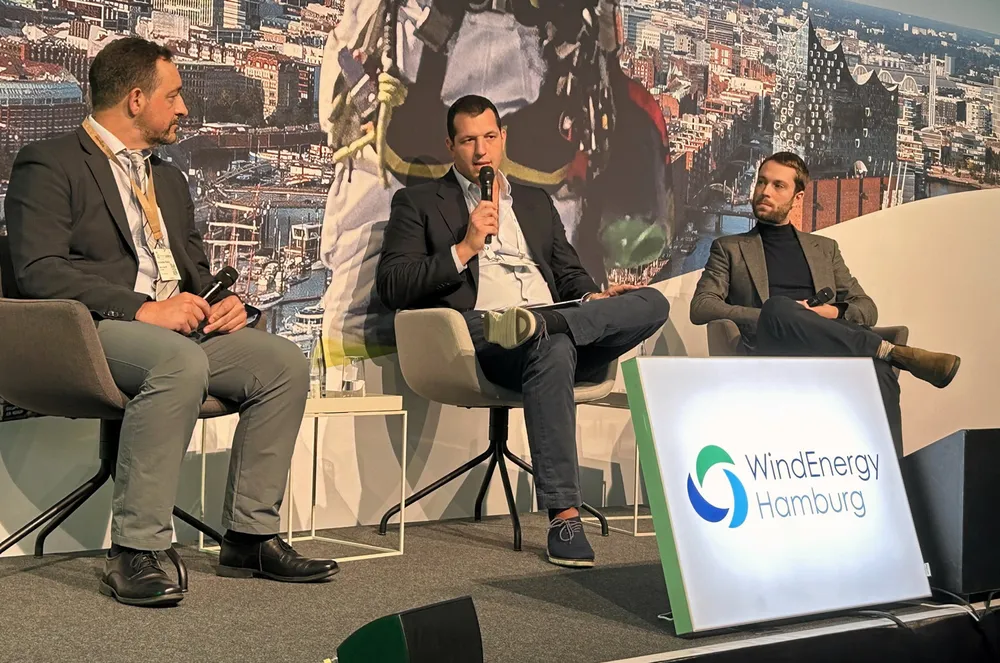Google chief warns rising offshore wind power prices putting off buyers
Offshore wind sector has been hit hard by inflation and supply chain pressures that have driven up cost of power

Rising power prices from offshore wind farms have pushed some industrials to look elsewhere to meet their corporate demands, warned a Google energy chief.
The levelised cost of energy (LCOE) for offshore wind has “increased quite dramatically” in recent years, Enrique Frances, the US tech giant’s lead for energy strategy in EMEA, told the WindEnergy Hamburg conference last week.
The offshore wind sector has been hit hard by inflation and supply chain pressures, especially in the wake of Russia’s invasion of Ukraine, sending the cost of projects spiralling.
Prices are now “stabilising,” said Frances, while remaining “quite challenging” for many projects.
The recent price volatility has meant that power purchase agreements (PPAs) that allow for price adjustments are “getting quite a lot of traction,” he said.
Buyers’ “willingness to pay” for power from offshore wind really depends on how much they see market prices “as a baseline,” said Frances.
As the LCOE for offshore wind has risen, market power prices have dropped, he said, creating “a little bit of a gap” between them.
“So that has really changed as well the willingness to pay from some industrials, especially for wind.”
“Not everybody's willing to pay.”
Tech giants including Google have emerged as some of the leading corporate buyers of renewable energy, with many of them having set ambitious decarbonisation targets for 2030 or earlier.
Frances said these deals and others show that PPAs are “clearly an enabler” for building out offshore wind.
In the current age of multi-gigawatt offshore wind projects, he said PPAs and government-led Contracts for Difference “have to work together to deliver such large and ambitious projects.”
Frances also highlighted the growing trend of negative power prices, which Europe is currently grappling with for record-breaking durations as it brings more variable wind and solar assets online, without the grid and energy storage capacity to effectively utilise them.
Negative power prices are happening “more and more often,” he said.
“In Germany right now, prices are negative. That means today, if this venue where we're all sitting has a spot contract, we're actually getting paid to consume. And that really shows inefficiency. That is not really meant to happen.”
(Copyright)